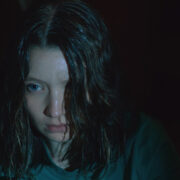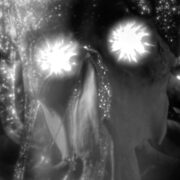How to Analyse Movies #6: Story & Genre

Manon de Reeper is the founder and CEO of Film…
To learn how to analyse movies, aside from understanding the camera, lighting and sound, editing and the signs and codes of film language, you need to know how narrative and genre can inform you about the message the creators intended to share with their audience.
Story (or Narrative)
Stories are infinitely important to us human beings. As long as we’ve existed, we’ve told each other stories. They are part of how we try to make sense of our world, and fit into “schemas”; we organize events and our surroundings into certain categories to structure the world we live in.
[membership level=”0″]Sorry! This article is part of our Premium Content. Please subscribe to unlock our fantastic HOW TO ANALYSE MOVIES series, and thousands of other terrific articles! Go here to become a member. It’s just $25 per year.
OR, buy Film Analysis For Beginners: How To Analyse Movies on Amazon for $4.99.
Film Analysis For Beginners: How To Analyse Movies
[/membership][membership level=”3,5,6″]
Through stories, we learn about action and reaction, cause and consequences, as well as the many types of people there are, and the wildly different situations they live in. Stories are often told following a certain form and structure, no matter whether the story is fiction or non-fiction. The power of narrative is that it can create an illusion of authenticity: we can’t distinguish fact from fiction when we’re presented with a story that could be either.
The Basic Template of Story
Most stories are told using the three acts story arc: beginning, middle and end. Of course, there are films who don’t follow this structure, but most do.
First, the world is presented as a calm, stable place. All is well, we get to know the status quo, the characters. Then, something happens, and status quo is upturned, and the second act starts: the calm and stable world is rudely disrupted. Now, the protagonist has to resolve the issue and make sure the world returns back to normal. Often, the end will show the hero did just that.
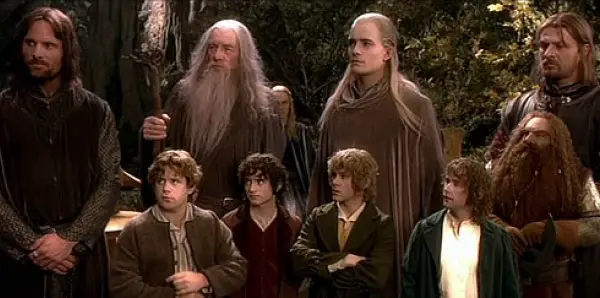
We’re used to this kind of structure in storytelling and have come to expect it. We have also come to expect that the disruption of the character’s life is always resolvable; the world will always go back to normal.
Story Versus Reality
In stories, the characters are often presented as wholly good and wholly evil. The hero vs the villain. In the real world, however, most people aren’t as black and white, but are many shades of grey.
In reality, conflicts and issues aren’t as easily resolved as stories often present them to be. Stories teach us about the world; after all, stories are our window on the world, showing us situations and people we may not ever experience or meet in real life.
We unconsciously take a narrative to be true, and with that, our view on the world can be skewed. We have to realise, constantly, that “story” is something applied liberally and generally. It’s not just in books and movies, non-fiction too is presented like a story, take the news, for example. The news, unfortunately, can give one as unrealistic a view on the world as a film can.
Story in Film
What we need to be aware of in film analysis is how the story has been constructed. While the most basic story structure exists out of the three acts, the beginning, middle and end, and has a hero and a villain, certainly not all movies follow this structure. If they don’t, know what it is the makers are trying to tell you with that fact. They made the conscious decision not to follow that structure: why?
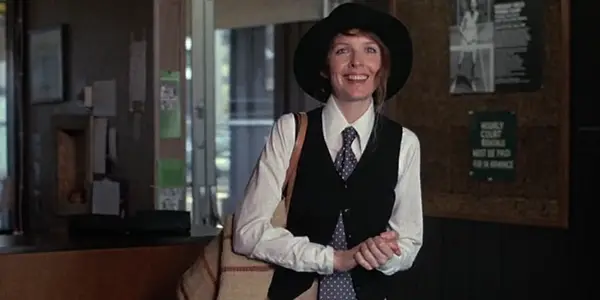
For example, the film noir genre is known for not always adhering to original story structure; characters in film noir are not always black and white. Film noir protagonists are often flawed, sometimes deeply unhappy, and don’t necessarily find happiness at the end. Their issues can’t always be resolved.
A school book example of a film that doesn’t follow traditional structure is Christopher Nolan’s Memento. Other examples are David Lynch’s Mulholland Drive, Paul Thomas Anderson’s Magnolia, Woody Allen’s Annie Hall, and many of Robert Altman’s films.
Genre
Genre is the type of narrative, or story, being told. We use genre to categorise different types of stories. Genre is just as important as the story on its own; it manages our expectations and schemas. When we watch a horror, we link it automatically to all we know of the horror genre, and with that we have certain expectations of the movie as well. This isn’t only limited to the events that take place within the story, but includes its characters and settings, as well as the score. Moreover, it helps us predict where the story will be about and how it will end.
For example, when I pick a random horror movie, I’d expect it to be set in a forest or in an old, dingy house. It’s of course set in the middle of the night, so that the film is rich in shadows. I’d expect there to be a screaming blonde cheerleader, some sort of trashy tough guy and a nerdy smart dude, and I’d expect there to be a lot of blood, gore and death.
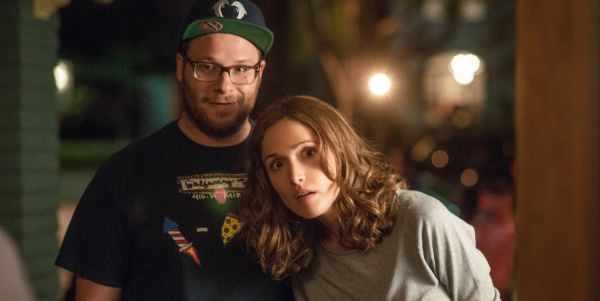
A comedy will be more bright; bright in tone, bright music, brighter colours. The characters can be specific too. From a stoner comedy, I will expect two guys (because we sadly don’t see too many female-led stoner comedies), they are James Franco and Seth Rogen, or are like them (and vice versa, if it’s a Seth Rogen film I expect it to be a stoner comedy). And, to state the obvious, I’ll expect to laugh a lot. If you don’t, that’s considered a failure for a comedy.
Through genre, directors can create a seeming reality. It makes us fail to see what is reality and what is a media convention. Let’s stick to the horror genre as an example. In a typical slasher, she’s always the victim, and she will likely be the first to die a horrible death. Stereotypically, cheerleaders in horrors are silly and daft. They scream a lot, and loudly. In reality, it may actually be the cheerleader who saves the others from their predicament – to do what cheerleaders do, you need to be pretty fit.
Just because certain things always happen in film, doesn’t mean it will happen that way in reality.
Use of Genre by Studios
Genre can be very useful to film studios. They use genre to keep track of what is popular at any given moment, and make more movies in that genre. A film of a popular genre decreases cost (sets can be reused, stories are more widely available) and increases revenue as more people will go to see it. That means genre can greatly help toward making a film a commercial success. The downside is that it can also limit creativity and reduce the audience’s choice of film types.
Genre popularity is always clear throughout time. For instance, in the past five years, the superhero genre has been amazingly popular, and science fiction has pretty much been revived with the reboots of Star Wars and Star Trek, which was last popular in the 80s. In the 60s, romance, comedy and psychological horror were popular. It’s good to be aware of such trends, as they influence the audience’s (and your) mindset on the genre these movies present.
Thoughts? Questions? Comments? Post them below!
[/membership]Next in How To Analyse Movies:
You’re currently on part 6: Story & Genre
Part 1: Introduction
Part 2: Signs, Codes & Conventions
Part 3: Mise-en-Scene & Editing
Part 4: Considering the Camera
Part 5: Lighting, Sound & Score
Part 7: Iconography & Realisticness
Part 8: Putting it into Practice
Does content like this matter to you?
Become a Member and support film journalism. Unlock access to all of Film Inquiry`s great articles. Join a community of like-minded readers who are passionate about cinema - get access to our private members Network, give back to independent filmmakers, and more.
Manon de Reeper is the founder and CEO of Film Inquiry, and a screenwriter/producer. Her directorial debut, a horror short film, is forthcoming in 2021.










